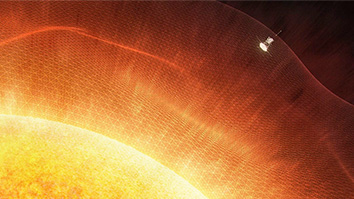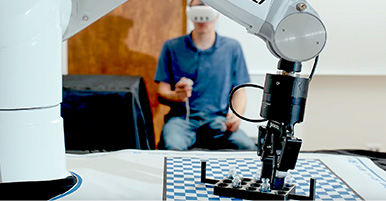Citation
Street, R. A.; Schoendorf, M. Recombination in organic solar cells. Invited talk at Materials Research Society 2010 Spring Meeting; 2010 April 6-9; San Francisco, CA.
Abstract
For the continued improvement in the efficiency of organic bulk heterojunction (BHJ) solar cells, it is important to identify and understand the primary loss mechanisms. The BHJ cell is a complex structure and there are several possible mechanisms to limit the efficiency. The talk will discuss the transport and recombination processes in BJH cells, based on measurements made on polycarbazole/fullerene blend solar cells which have efficiency of about 5%. 1 We analyze the different recombination mechanisms that determine the shape of the current-voltage characteristics and the fill factor. The mechanisms considered are recombination of the charge transfer exciton, Auger recombination and recombination through localized states at the polymer-fullerene interface. The measured monomolecular recombination kinetics, the temperature dependence of the current-voltage characteristics, the dark forward bias diode current, and modeling studies, all indicate that the dominant recombination is through interface states between the polymer and fullerene domains. From the measurements we estimate that the interface state density is of order 1011 cm-2, but the experiments do not yet reveal the origin of these states. Modeling studies also indicate that a 10-fold reduction in the interface state density could potentially double the solar cell efficiency. 1. The solar cells were fabricated by the Heeger group at UC Santa Barbara.


